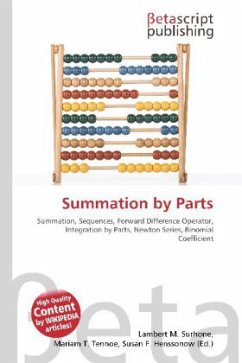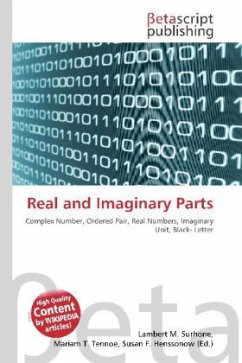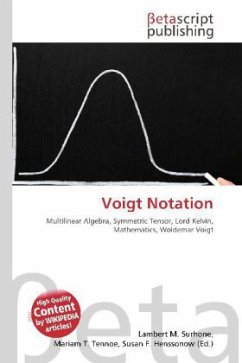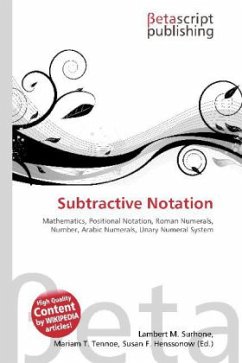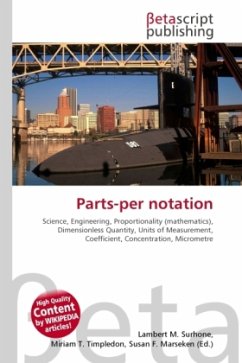
Parts-per notation
Versandkostenfrei!
Versandfertig in 6-10 Tagen
30,99 €
inkl. MwSt.

PAYBACK Punkte
15 °P sammeln!
High Quality Content by WIKIPEDIA articles! Parts-per notation is used, especially in science and engineering, to denote relative proportions in measured quantities; particularly in low-value (high-ratio) proportions at the parts-per-million (ppm) 10^ 6, parts-per-billion (ppb) 10^ 9, and parts-per-trillion (ppt) 10^ 12 level. Since parts-per notations are quantity-per-quantity measures, they are known as dimensionless quantities; that is, they are pure numbers with no associated units of measurement. In regular prose, parts-per notations generally take the literal parts per meaning of a compa...
High Quality Content by WIKIPEDIA articles! Parts-per notation is used, especially in science and engineering, to denote relative proportions in measured quantities; particularly in low-value (high-ratio) proportions at the parts-per-million (ppm) 10^ 6, parts-per-billion (ppb) 10^ 9, and parts-per-trillion (ppt) 10^ 12 level. Since parts-per notations are quantity-per-quantity measures, they are known as dimensionless quantities; that is, they are pure numbers with no associated units of measurement. In regular prose, parts-per notations generally take the literal parts per meaning of a comparative ratio. However, in mathematical expressions, parts-per notations function as coefficients with values less than 1.



